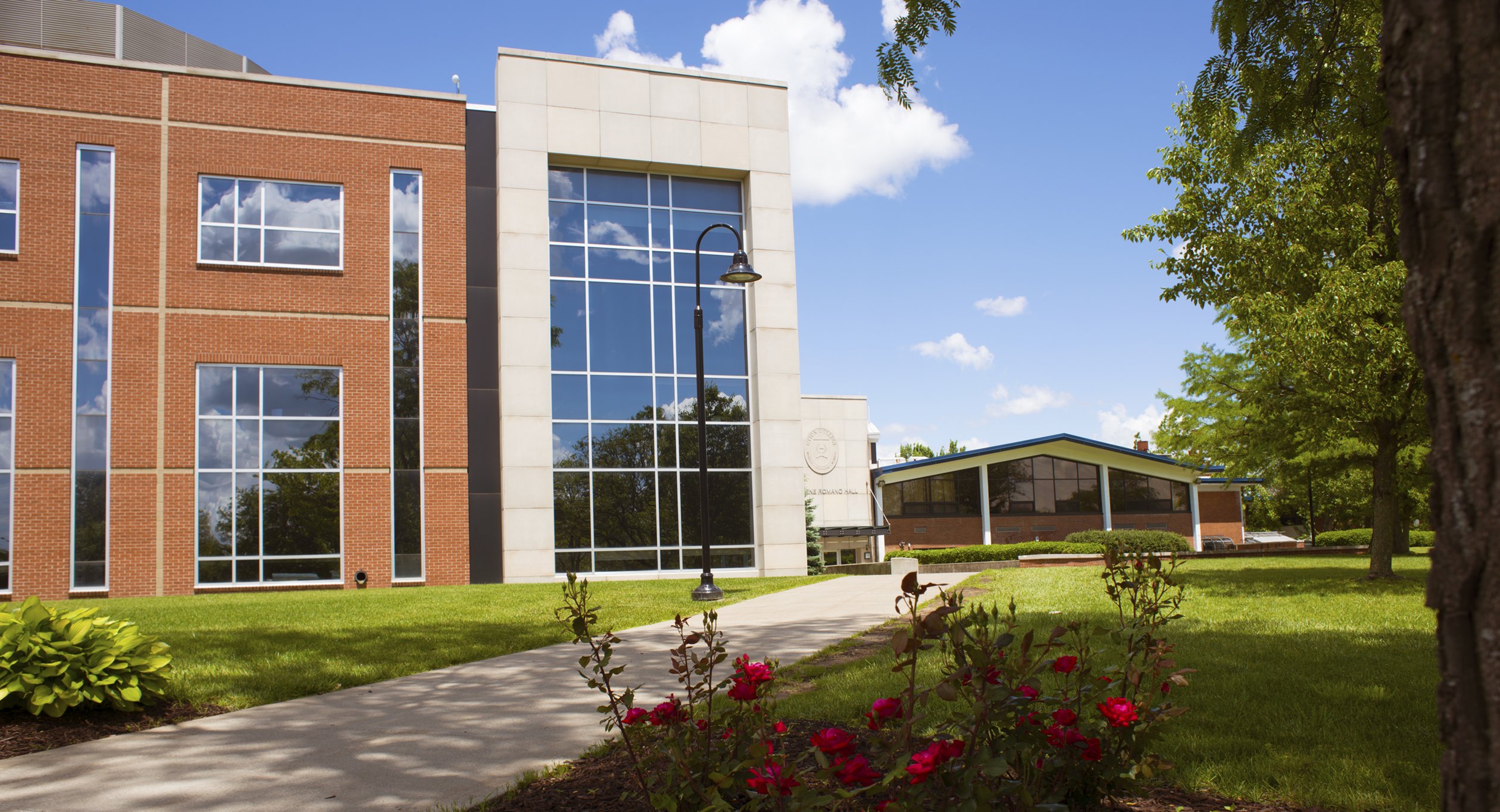A Break Down of Our 3 Years

Hello all! The fall weather here in Utica has been just perfect lately, sunny and 70 (some would say 75, but that’s a smidge warm for me!). And, the leaves are changing which is super exciting! I’ve got to get to the Adirondacks mountains for a hike this fall - it’s a very simple drive about an hour north of here and it's gorgeous!
Last post I briefly touched on how the curriculum is sectioned out here, but I want to dive a little deeper into the 3 years. Year 1 is primarily musculoskeletal based, year 2 is mainly neuromuscular based with a clinical experience and year 3 is all clinical experiences.
Year 1: Musculoskeletal
In this year, we take gross anatomy and courses like examination, evaluation, interventions, clinical science, and movement science to begin applying our knowledge of the human body. After spending 6 weeks during the summer of your first year in the donor lab, you basically know every muscle - its action, its innervation, where it attaches, etc., you will know the entire brachial plexus and where the nerves run (in much detail), the bones, and so much more. Every bit of this knowledge comes in handy once the fall semester begins and you start applying this information to the exam/eval process and when it comes to choosing appropriate interventions. The spring of year 1 has very similar classes, to further expand these skills.
Year 2: Neuromuscular
The second year consists of neuroscience during the summer and courses like neuromuscular systems, motor development, clinical science and some others as well. This is the year of our first, 6 week clinical too (this happens right after neuroscience during the summer). After completing a clinical experience, I’ve felt a lot of reassurance that I know what I am doing (somewhat...) and have gained a lot of confidence in my clinical decision making skills. Now, those take a lot of years to develop, but even having this small amount of experience under my belt has helped tremendously in the classroom so far this year. Next semester, we will continue down the neuromuscular path and also include a good amount of cardiovascular/pulmonary content into our class schedule. I’m really looking forward to learning more about that area of PT!
Year 3: Clinicals
In this final year of the program, each student will go on two, 12-16 week clinical rotations. This is an opportunity to bring together everything we’ve learned and put it into practice. There is a list of many sites to choose from or a student can do their own site development for a clinical location that is not on the list. How the process happens is every student in that class will create a wishlist of their top 10 choices for clinicals out of the provided sites (if they are not doing site development) and an algorithm will get everyone as close to the top of their list as possible! This way, it is all fair and everyone has an equal shot. A site development can be for anywhere, even other countries if a student wants! It’s all very exciting and I can't wait for my next clinical experience!
Every university organizes their curriculum slightly different from one another, but this here is a very simplified version of what Utica University looks like from my point of view. I hope this helped some prospective and future Pioneers as they research more about various PT schools!
If there are any questions, please feel free to reach out and send me an email at mmlazore@utica.edu
Goodbye for now, folks☺
Maryanne

Comments
Post a Comment